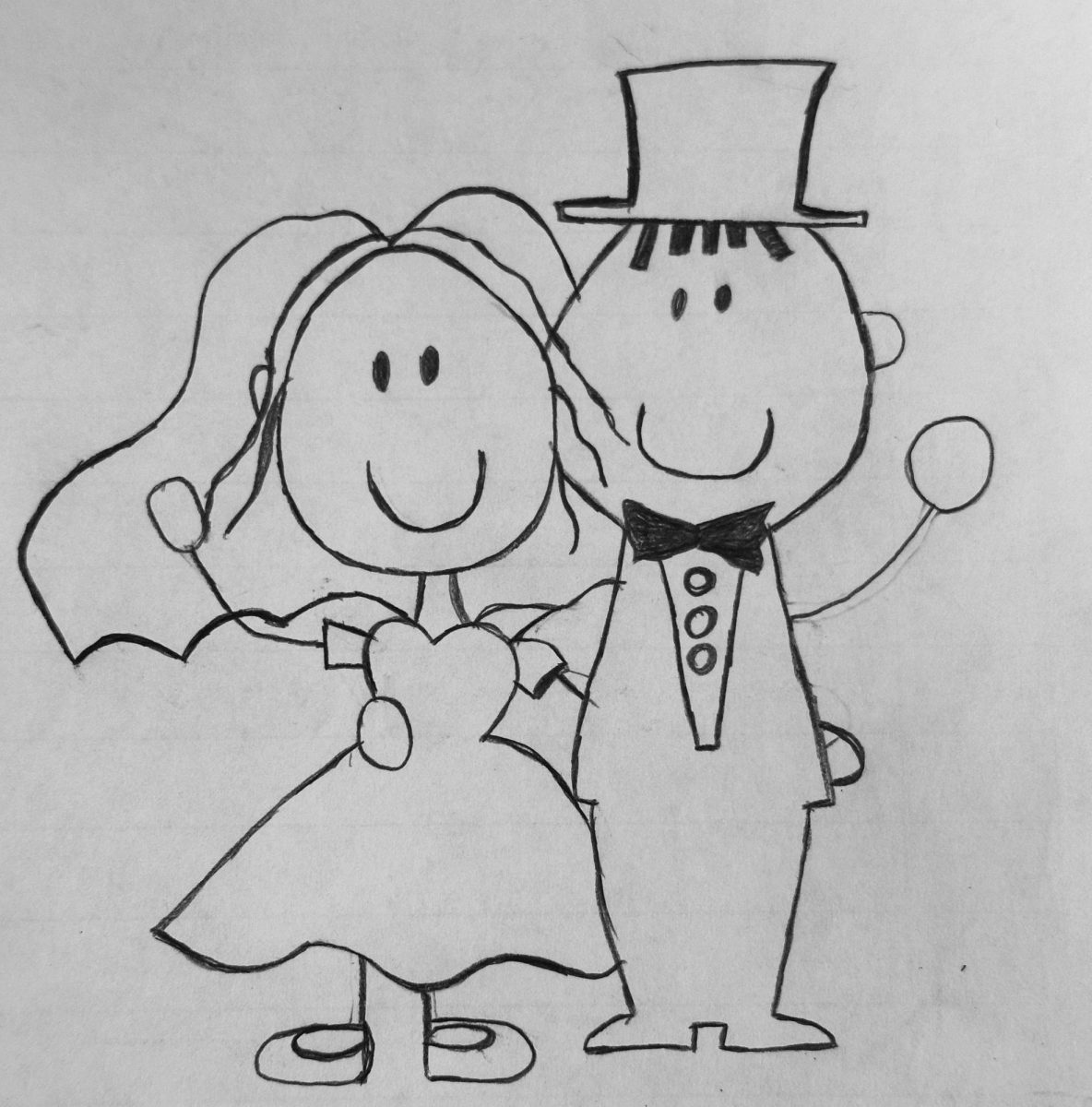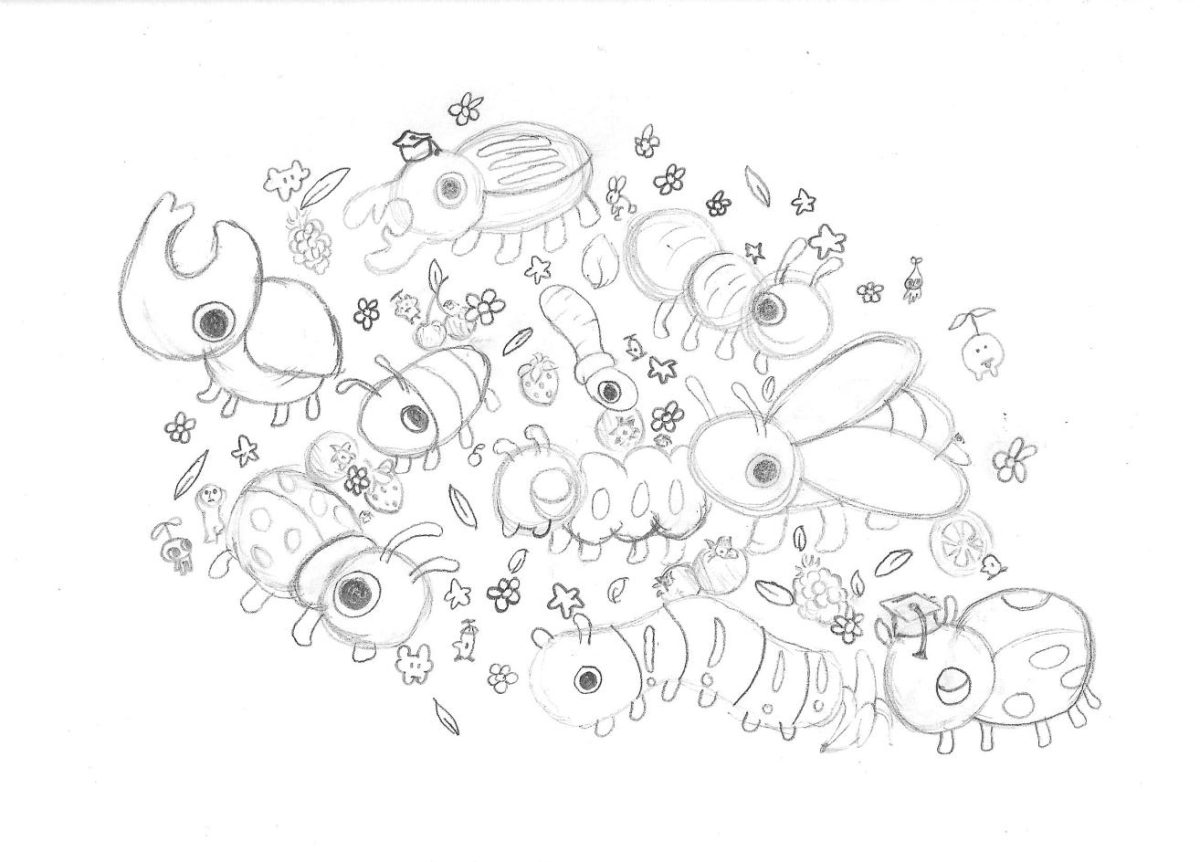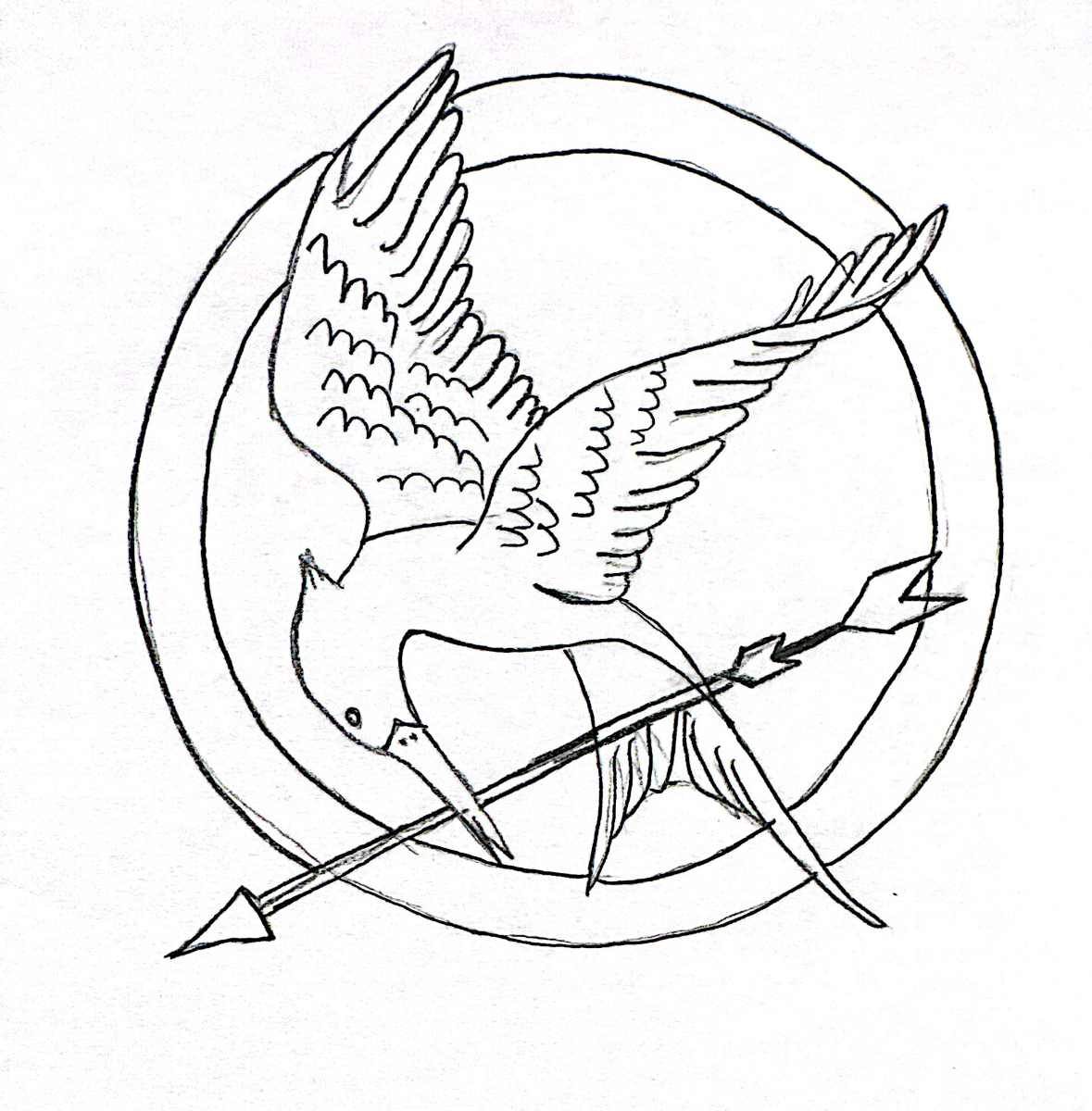Weddings in Kyrgyzstan are more than just a celebration of love; they are a significant cultural event that highlights the traditions, values, and history of the Kyrgyz people. The process is a carefully planned journey filled with symbolism and rituals, each step reflecting the importance of family, respect, and community. I will explain the main stages of a traditional Kyrgyz wedding: “Kyz Uzatuu,” ”Nikah,” “Bet Achar,” and the grand wedding celebration or “Toi,”while exploring their deep cultural significance.
Kyz Uzatuu: The Farewell Ceremony for the Bride
The wedding process begins with “Kyz Uzatuu,” which literally translates to “sending off the bride.” This is one of the most emotional stages of a Kyrgyz wedding, as it marks the bride’s departure from her parental home to start a new chapter with her husband’s family.
The ceremony takes place at the bride’s home, where her relatives, neighbors, and friends gather to say goodbye. The house is often decorated, and a celebratory atmosphere is created. The bride typically wears a beautiful traditional dress, often adorned with embroidery or patterns that symbolize happiness and prosperity. The bride’s family gives her advice and blessings, wishing her happiness in her new home. It is common for the mother of the bride to cry during this event, as it symbolizes the emotional transition of letting her daughter go.
Nikah: The Religious Marriage Ceremony
The next step is the “Nikah,” or Islamic marriage ceremony. This is a spiritual union performed by an “Imam” (religious leader) before the official wedding celebration. The “Nikah” is considered a crucial part of the wedding, as it formalizes the couple’s commitment to one another in accordance with Islamic traditions.
During the “Nikah,” the bride and groom, along with close family members, gather in a quiet and respectful setting. The “Imam” recites verses from the Quran and prays for the couple’s happiness, health, and prosperity. He also gives them advice on building a strong and respectful marriage.
As part of the ceremony, the groom presents a symbolic gift to the bride, called “Mahr.” This can be money, jewelry, or any valuable item that signifies his responsibility and care for her. The bride’s acceptance of the Mahr is an important part of the ritual, as it confirms her agreement to the marriage.
The “Nikah” ceremony is relatively simple and intimate but holds deep spiritual meaning. It signifies the foundation of the couple’s life together, rooted in faith and mutual respect.
Bet Achar: Unveiling the Bride.
After the “Nikah,” the bride arrives at the groom’s family home, where the ”Bet Achar” ceremony takes place. Bet Achar, meaning “opening of the face,” is a symbolic and celebratory tradition in which the bride is formally introduced to her new family and community.
When the bride enters the house, her face is covered with a veil, symbolizing modesty and her transition into her new role as a wife. The veil is usually removed by an elderly woman from the groom’s family, who gives her blessings and advice for a happy and harmonious married life.
During the ”Bet Acha,” traditional songs are performed to celebrate the arrival of the bride. Guests sing about her beauty, grace, and the joy she will bring to her new family. The bride is often showered with small gifts, such as money or sweets, symbolizing wishes for abundance and happiness.
The “Bet Achar” is a joyful and meaningful tradition that emphasizes the importance of acceptance and unity within the family.
Toi: The Grand Wedding Celebration
The final and most festive stage of a Kyrgyz wedding is the “Toi,” or wedding feast. The “Toi” is the culmination of the entire wedding process and is often attended by hundreds of guests, including family members, friends, neighbors, and even distant acquaintances.
The celebration typically takes place in a large venue, such as a banquet hall or a specially set up outdoor area. The venue is beautifully decorated, and a special table is prepared for the bride and groom, known as the “Tor.” This table is the focal point of the event, the couple then sits there while receiving congratulations and gifts from the guests.
Food plays a central role in the “Toi.” Guests are treated to an array of traditional Kyrgyz dishes, including: beshbarmak: The national dish, consisting of boiled meat and hand-rolled noodles, served with a flavorful broth. Boorsok: Fried dough pieces that symbolize abundance and hospitality.
During this event, the families of the bride and groom exchange words of gratitude and blessings, symbolizing the unity of their households. Speeches are given, and toasts are made to wish the couple a long and prosperous life together.
A Kyrgyz wedding is not just an event; it is a journey filled with love, respect, and cultural pride. Each step, from the emotional “Kyz Uzatuu” to the celebratory “Toi,” reflects the values that hold Kyrgyz families and communities together.
Although modern influences have brought changes to certain aspects of weddings, these traditional ceremonies remain deeply cherished. They serve as a bridge between the past and the present, ensuring that the rich heritage of Kyrgyzstan continues to thrive for generations to come.





